Gastrointestinal (GI) Surgical Procedures in Petersburg, FL
Certain procedures require especially delicate handling and can be much more complex than others. These are typically intended to produce results that need more precise techniques or specialty tools to get the job done. Here are some of the specialty procedures offered by Alexander Ramirez, M.D., FACS.
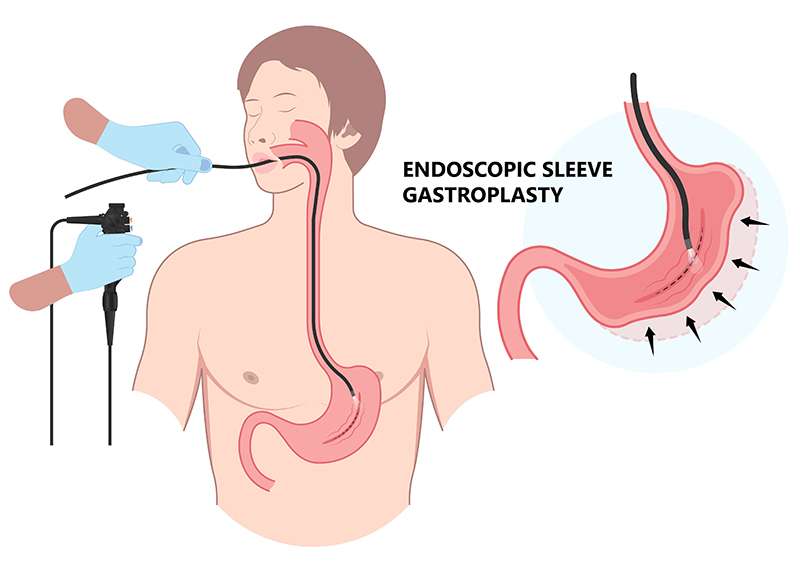
Endoscopic Sleeve Gastroplasty
An innovative and minimally invasive procedure performed to help patients lose weight, this technique uses an endoscope. After it is inserted, the patient’s stomach is essentially folded in order to leave less room for food.
This method has similar goals to that of gastric bypass. However, it does not require major incisions and can be done relatively quickly.
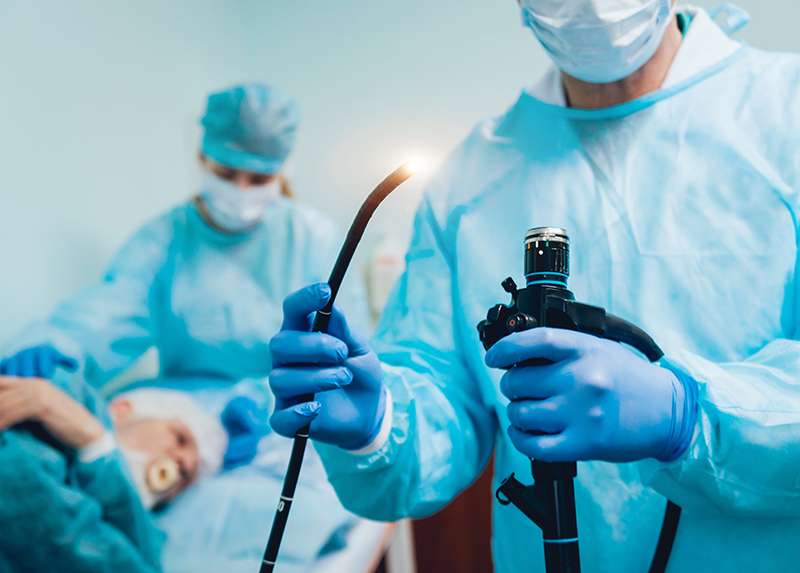
Endoscopy
There can be a lot of things going on in the patient’s body that may not be visible with surface-level examinations or lab tests. In such cases, a look inside might be necessary, and this can be done with the help of an endoscope. This is essentially a device that takes the form of a long tube that comes with its own light and a camera.
This then allows doctors to see if there are any abnormal growths in the patient’s digestive system. If any are discovered, steps can immediately be taken to treat them, if necessary.
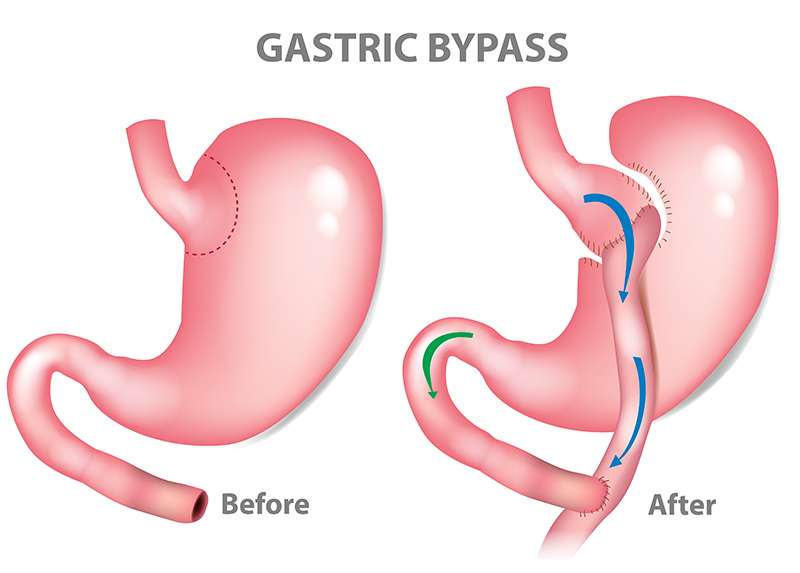
Gastric Bypass
One of the most common surgical weight-loss solutions in the world, a gastric bypass has been one of the most reliable ways to deal with weight problems for years. It involves turning the top part of the stomach into a pouch and connecting that pouch with the small intestine. By doing this, patients will be consuming less food, since there is now less space for it. The digestive aspect is also shortened, which means that fewer calories will be absorbed.
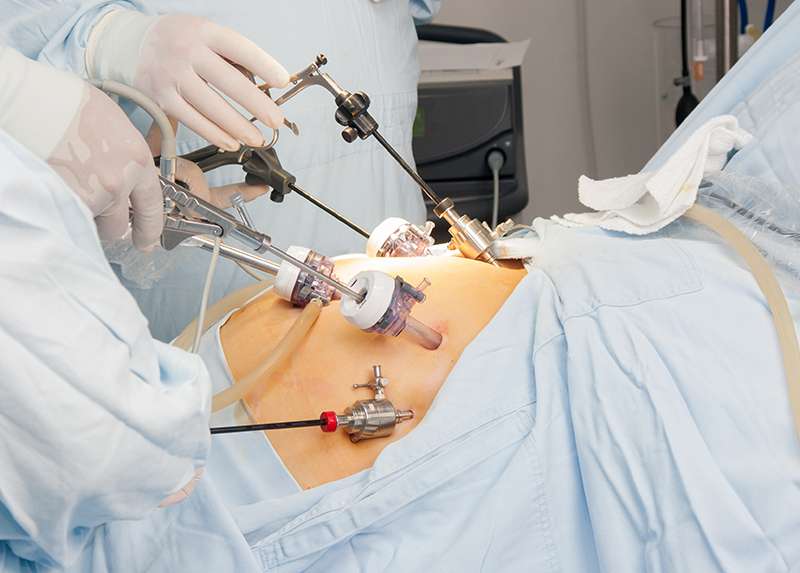
Gastric Bypass Revisions
Following a gastric bypass surgery, issues can sometimes occur. This corrective procedure is meant to fix these issues by making the adjustments necessary to successfully achieve the original intended results.
This can be done by tightening the connecting points between the stomach pouch and the small intestine. An adjustment could also be made where the Roux limb connects with the small intestine to reduce food absorption.
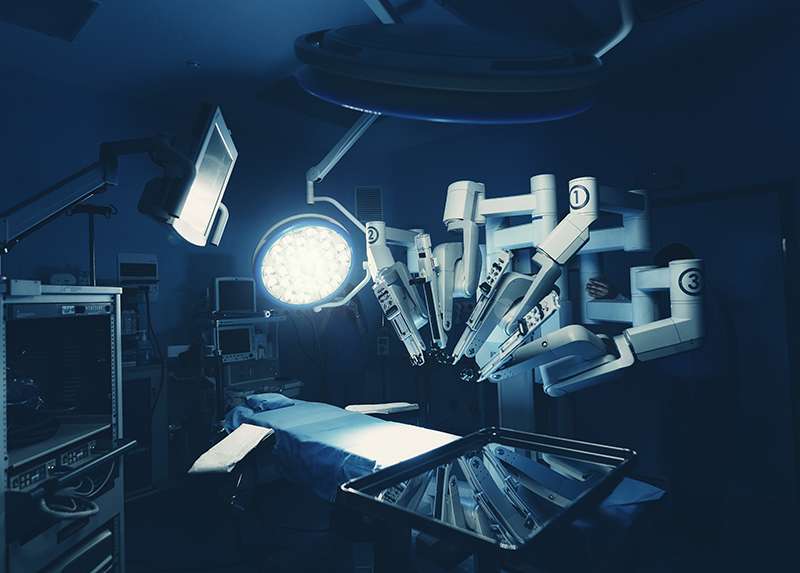
Robotic Surgery
Some surgical cases require extreme precision in order to achieve the desired results. Advanced robotics can grant a level of control and magnification that allows for incredibly complex surgical procedures.
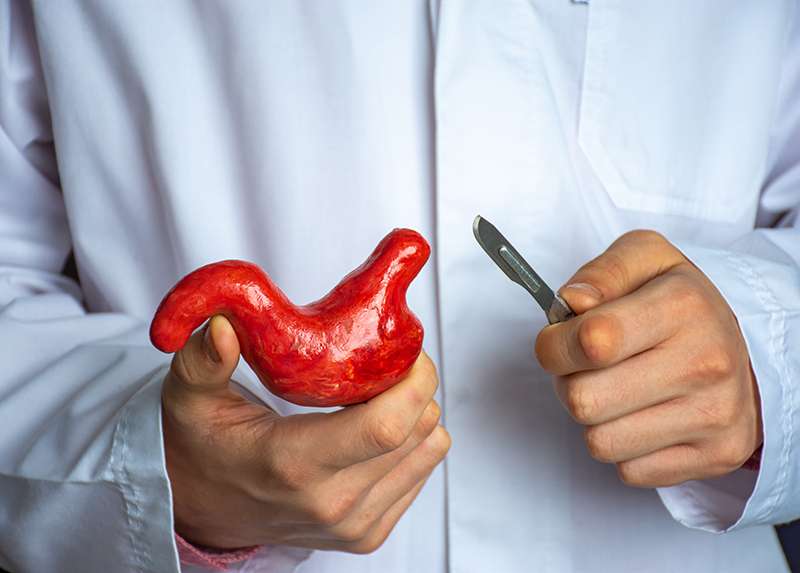
Sleeve Gastrectomy
This procedure removes up to 80 percent of the patient’s stomach to reduce the amount of room to accommodate food. It also changes the production of gut hormones that affect hunger and satiety, as well as controlling blood sugar levels.
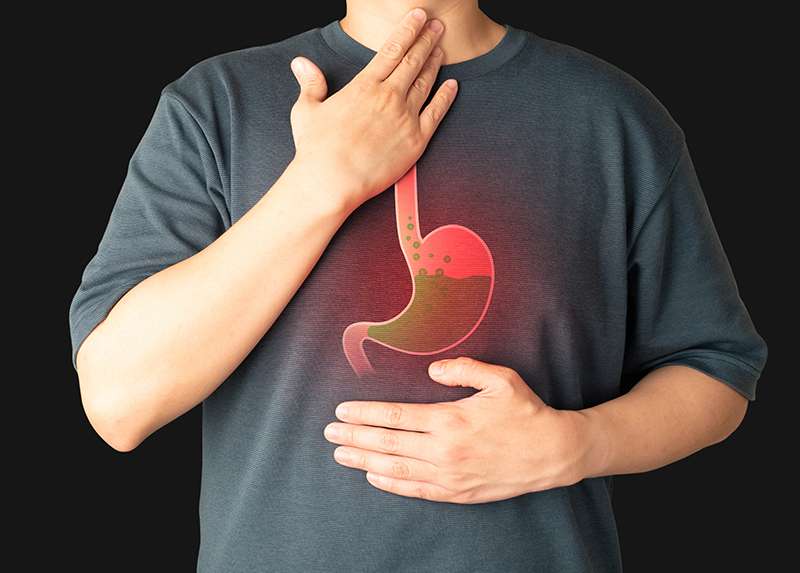
Upper Intestinal Tract
Conditions like GERD and ulcers can occur around the upper intestinal tract. This part of the body will need to be checked, and if there are any issues discovered, they might require surgical solutions.
